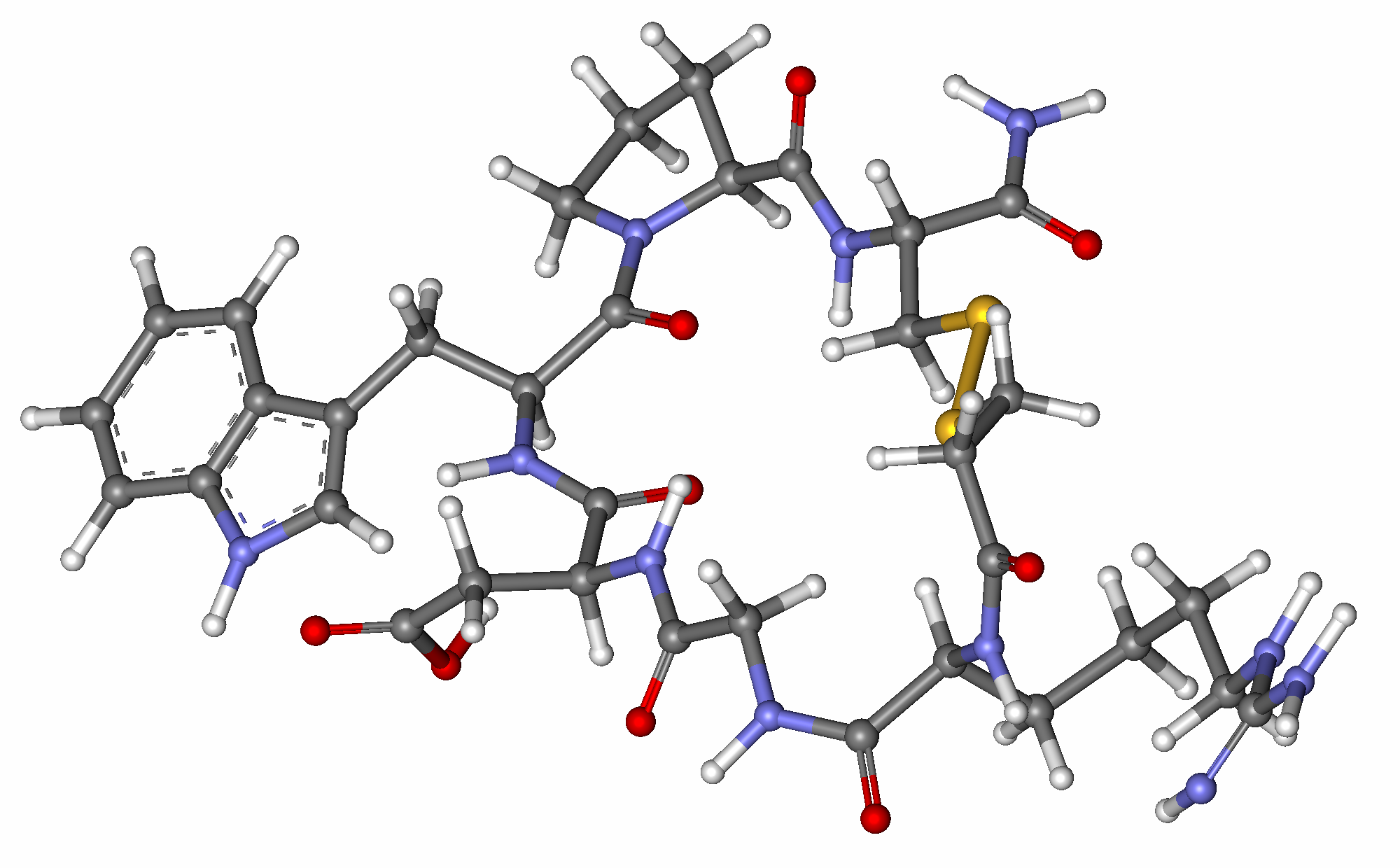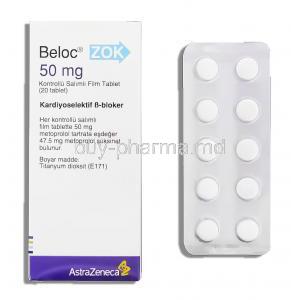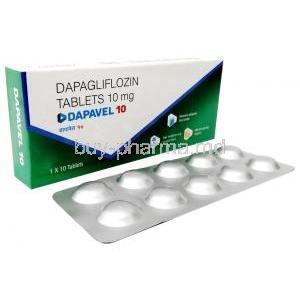Eptifibatide is a peptide-based antagonist for glycoprotein IIb/IIIa used in the medical management of myocardial infarction and as an adjunct to percutaneous coronary intervention 1. It is often given alongside aspirin and heparin to effectively treat Acute Coronary Syndrome. It helps to reduce the occurrence of complications commonly associated with unstable angina and non-Q wave myocardial infarction 1. Studies have demonstrated that Eptifibatide improves outcomes, for patients undergoing PCI. When used during these procedures it helps minimize adverse cardiac events by reducing platelet reactivity 1. Eptifibatide can be used preventively in surgical settings to lower the risk of thrombosis. It is also employed after surgery to prevent complications 1.
Eptifibatide
- I. Introduction
- II. What is Eptifibatide? - Composition and Chemical Properties
- III. Clinical Uses of Eptifibatide
- IV. Off-Label Uses of Eptifibatide
- V. Dosage and Administration
- VI. Careful Administration and Monitoring
- VII. Important Precautions
- VIII. Administration to Specific Populations
- IX. Side Effects and Adverse Reactions
- X. Warning and Contraindications
- XI. Interaction with Other Medications
- XII. Overdosage and Treatment
- XIII. Storage and Handling Precautions
- XIV. Conclusion
I. Introduction
Eptifibatide is a medication derived from a protein found in the venom of the pygmy rattlesnake. It is used in cardiovascular medicine as an antiplatelet drug. One of its uses is in treating Acute Coronary Syndrome (ACS) and during Percutaneous Coronary Interventions (PCI), where it helps prevent platelet aggregation and reduce the risk of ischemic events. This article aims to explore Eptifibatide, including its composition, clinical applications, off-label uses, and necessary precautions to consider.
II. What is Eptifibatide? - Composition and Chemical Properties
Eptifibatide is a compound consisting of six amino acids and one mercaptopropionyl residue. Its unique structure allows it to bind specifically. This medication works by blocking the platelet glycoprotein IIb/IIIa receptor, responsible for platelet aggregation. Doing it prevents the formation of blood clots. Eptifibatide inhibits platelet aggregation, making it valuable in preventing arterial blockages, especially during vascular surgery or angioplasty procedures.

III. Clinical Uses of Eptifibatide
IV. Off-Label Uses of Eptifibatide
Eptifibatide is a cyclic heptapeptide derived from a disintegrin protein found in the venom of the southeastern pygmy rattlesnake (Sistrurus miliarius barbouri) 12. It is used as an adjunct to percutaneous coronary intervention and in managing myocardial infarction 1. In the field of surgery, Eptifibatide is occasionally used to reduce the chances of graft failure, especially when performing bypass surgeries that involve arteries 3. Eptifibatide has also effectively treated coagulation disorders like disseminated intravascular coagulation (DIC) 4. However, it is essential to note that Eptifibatide has not been approved for this indication by regulatory authorities. There have also been reports of Eptifibatide being used for purposes that haven’t been officially approved yet 5.
V. Dosage and Administration
The usual way to administer Eptifibatide is through injection. Typically, it starts with an injection and then continues with a continuous infusion. The dosage adjustments are often based on the patient's weight and kidney function. Intravenous is preferred when it comes to the administration route as it allows for systemic availability, especially in acute conditions. It's crucial to follow aseptic techniques during the administration process to reduce the risk of infection. Dosage titration is often necessary for patients with impaired kidney function. Monitoring patients clinically and through laboratory tests is recommended to ensure optimal therapeutic effectiveness while minimizing any adverse effects.
VI. Careful Administration and Monitoring
The titration process plays a crucial role in aligning the therapeutic goals of medication with the specific needs of individual patients, especially for vulnerable populations like the elderly or those with kidney problems. Clinicians need to monitor parameters to ensure patient safety and treatment effectiveness. These parameters include checking platelet count, looking out for signs of coagulopathy, and conducting periodic tests to assess renal and liver function. Blood tests provide quantitative measurements to help healthcare professionals customize treatment plans in real time, ensuring efficacy and safety.
VII. Important Precautions
Before starting treatment, it is essential to gather a medical history to identify any potential reasons why treatment may not be suitable. This includes looking into bleeding or any known hypersensitivity to the medication. For patients who have had reactions to peptides in the past, it is crucial to monitor them for signs of anaphylaxis closely. Since Eptifibatide affects preventing platelet aggregation, there is an increased risk of bleeding. It's essential to be cautious when treating patients with a history of coagulation disorders or those taking medications simultaneously.
VIII. Administration to Specific Populations
a. Dosage adjustments are needed for individuals due to age-related physiological changes, such as a decline in renal function. It is essential to monitor their condition. b. The use of Eptifibatide in women or nursing mothers has not been extensively studied. Therefore, it should only be used if the potential benefits outweigh the risks. It is recommended to explore options and seek professional advice. c. Eptifibatide is not recommended in children due to data on its safety and efficacy in pediatric patients. It is essential to follow dosage guidelines and take necessary safety precautions.
IX. Side Effects and Adverse Reactions
Common Side Effects Most of the side effects of Eptifibatide are caused by its antithrombotic properties. These side effects typically include bleeding like nosebleeds (epistaxis) and bruising (ecchymosis). Serious Side Effects In severe cases, Eptifibatide can lead to significant internal bleeding, which may present as blood in urine (hematuria) or gastrointestinal bleeding. However, rare anaphylactic reactions require medical attention. Long-term Complications Prolonged exposure to Eptifibatide may worsen pre-existing conditions such as peptic ulcers. The drug's inherent antiplatelet action interferes with blood clotting processes.

X. Warning and Contraindications
There are health conditions that make it unsafe to use this medication. These include bleeding episodes, ongoing internal bleeding, or high blood pressure that hasn't been controlled. It's important to avoid taking this drug with blood thinners like warfarin or antiplatelet medications such as aspirin and clopidogrel. Warfarin, aspirin, and clopidogrel should be avoided when using this medication due to an increased risk of bleeding episodes.
XI. Interaction with Other Medications
When using Eptifibatide along with blood thinners, it may enhance the effects of anticoagulants, leading to a need for careful monitoring to prevent complications. If Eptifibatide is taken alongside ACE inhibitors, commonly used as hypertensive drugs, it could potentially increase the risk of high serum potassium levels, known as hyperkalemia. Additionally, when combined with over-the-counter medications, like steroidal anti-inflammatory drugs (NSAIDs), there is a higher likelihood of experiencing gastrointestinal bleeding.
XII. Overdosage and Treatment
Overdosing can have repercussions such as intracranial or pulmonary hemorrhage. In case of an overdose, immediate measures should be taken, including stopping the infusion and providing treatments, like transfusing clotting factors or platelets.
XIII. Storage and Handling Precautions
To store Eptifibatide properly, it should be kept in a controlled room temperature environment with no humidity and away from direct light exposure. It is crucial to adhere to the expiration date indicated on the packaging as the drug's effectiveness decreases over time. Proper disposal of unused medication is essential for environmental responsibility, so it is crucial to diligently follow local pharmaceutical disposal guidelines.
XIV. Conclusion
A crucial point to note is that Eptifibatide, an inhibitor of platelet aggregation, has been effective in various clinical scenarios. However, it requires consideration of dosage, possible interactions, and contraindications. It is essential to consult with a healthcare provider for personalized advice to achieve the best therapeutic results.











